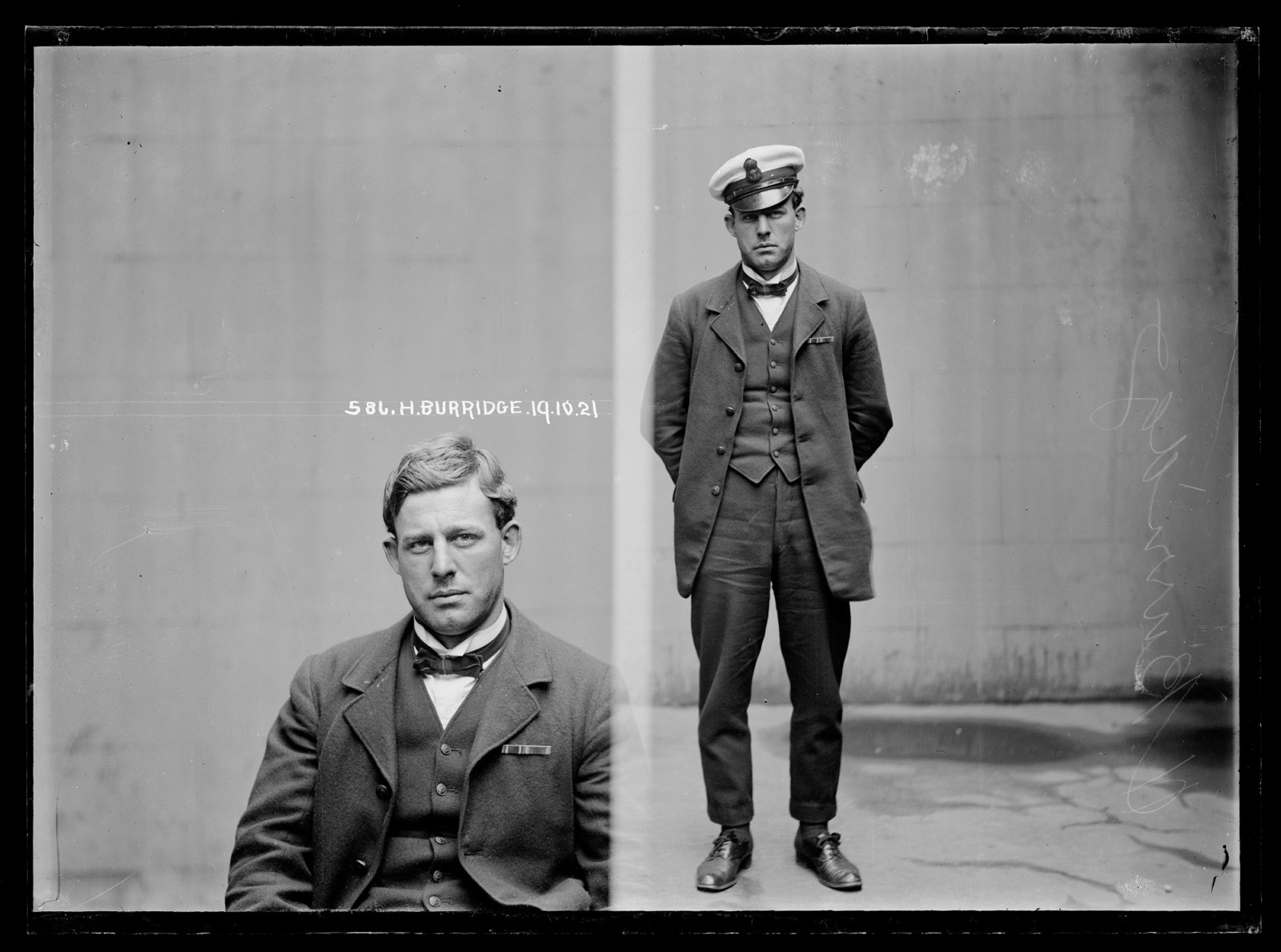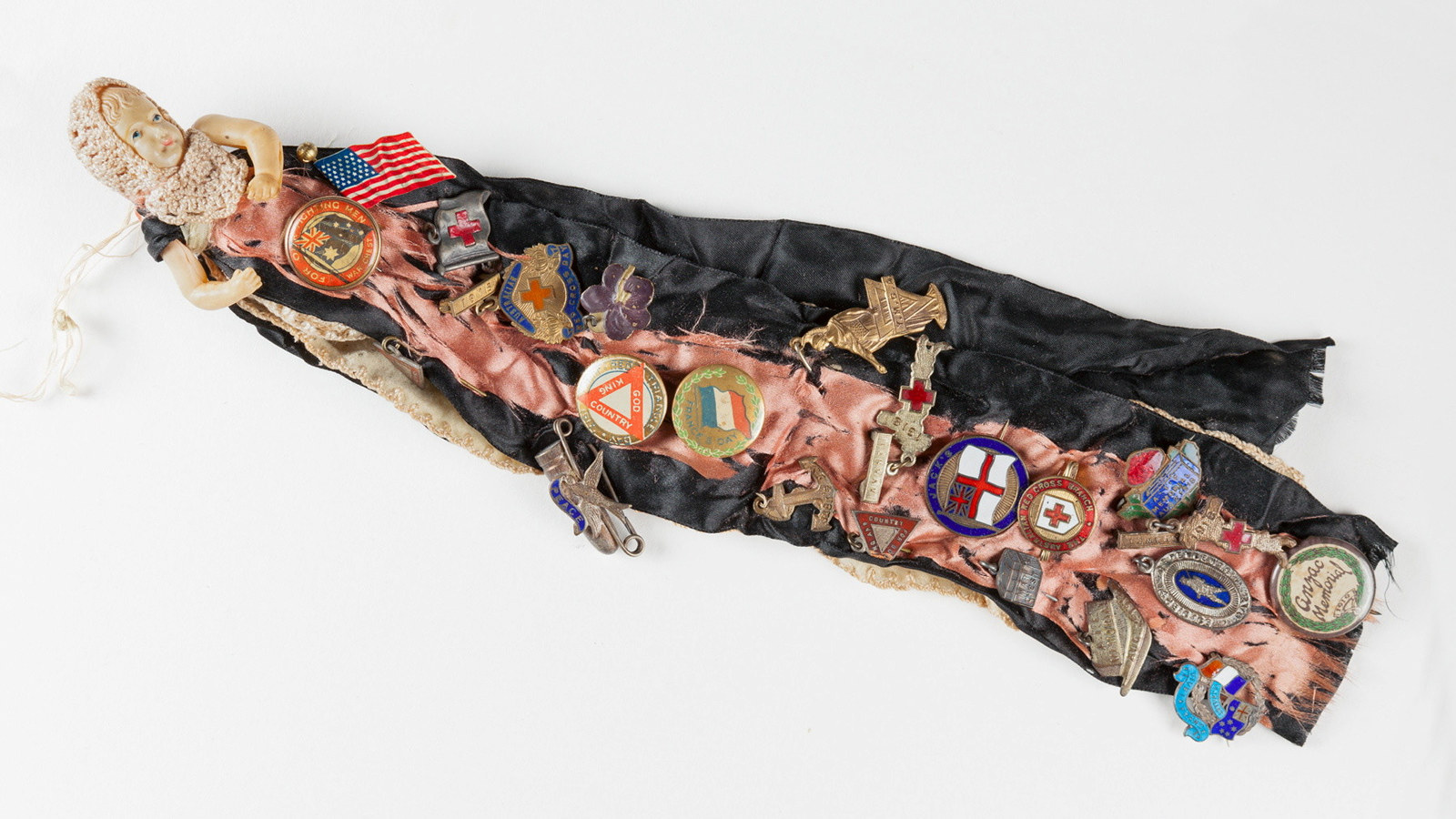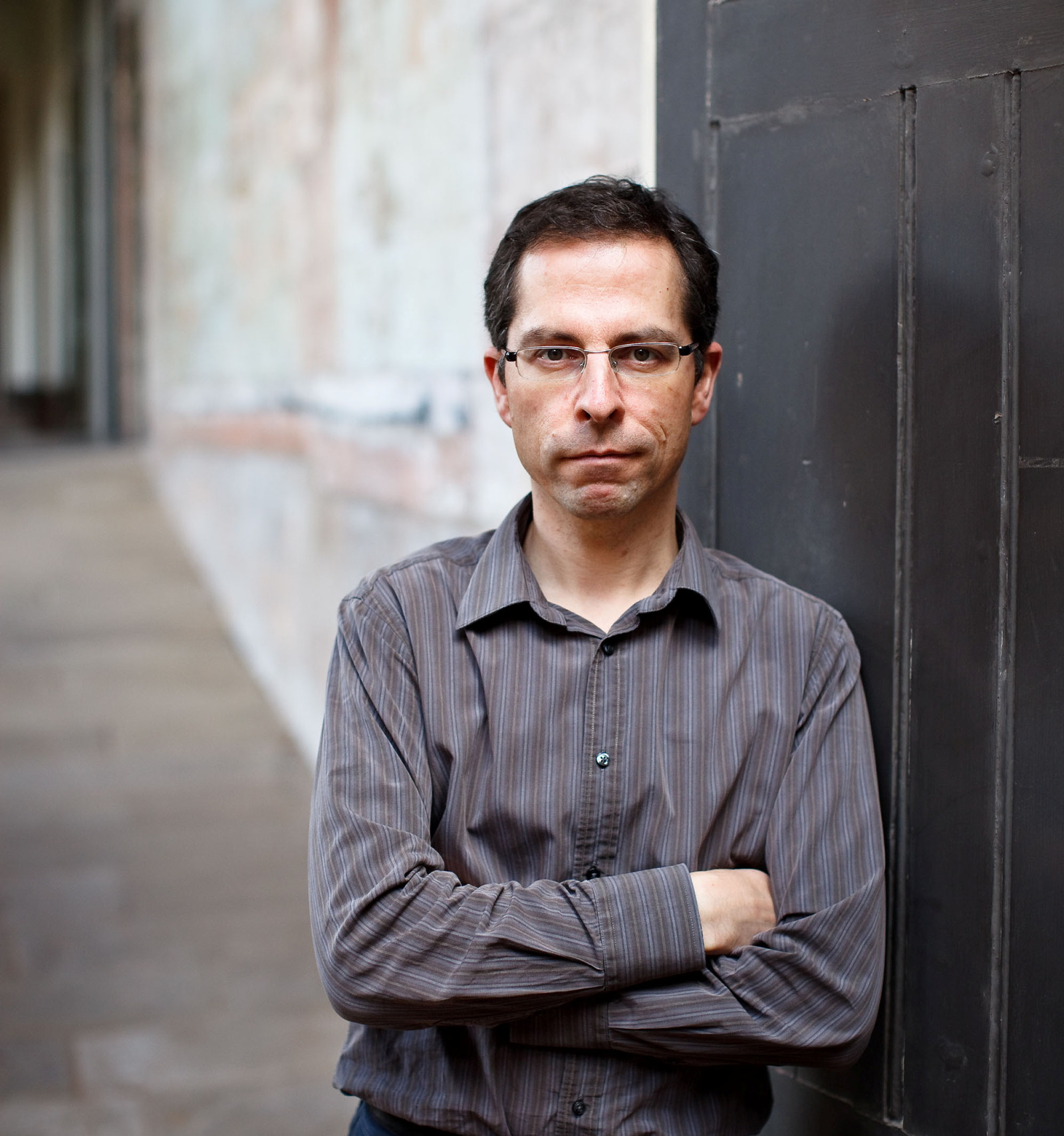Theodore Mickel’s stiletto (and revolver)
In April 1915, around eight months after Australia entered World War I, a man named Theodore Mickel arrived in Wagga Wagga by the evening mail train and took a room for the night at a local hotel. Something about the man’s behaviour made the hotelier uneasy, so he called the police, who entered the man’s room at 2am and confiscated a walking stick.
A local newspaper, The Border Morning Mail and Riverina Times, later reported that Mickel was German and that the seemingly innocent walking stick was in fact a dangerous weapon in which ‘the handle formed the butt end of a six-chambered revolver, and from the revolver barrel extended a six-inch stiletto of finely finished steel, which fitted very neatly into the barrel of the stick’.
Theodore Samuel Mickel (1886–1958) was born in Kapunda, South Australia, to German-born parents. From October 1914, people native to countries at war with Australia were classed as enemy aliens and banned from owning firearms and ammunition. Since he was born in Australia, Mickel would not have been subject to that law. However, the definition of an enemy alien was expanded in May 1916 to include anyone whose father or grandfather was born in a country at war with Australia. In effect, Mickel would have been considered an enemy alien after this date and if found in possession of a concealed weapon would have risked being arrested and even interned.
By 1920 Mickel’s illicit and dangerous walking stick had become one of the objects on view at the Police Museum at the Depot in Bourke Street, Redfern, headquarters of the city police, along with relics of bushranging and convict days. The story told about the walking stick had by then been embellished so that the owner, Mickel, was said to have been arrested and sent to an internment camp at Holsworthy, on the outskirts of Sydney, along with thousands of other German internees.
In reality it seems that in April 1915 police simply took Mickel’s name and address and let him off with a warning. And he lost his walking stick.
Published on
More

On This Day
17 Dec 1915 - 'Waratah' recruitment march
On 17 December 1915 the "Waratah" recruitment march arrived in Sydney

WW1
A dubious defence
On 19 October 1921 Herbert Burridge was listed in the New South Wales Police Gazette as a deserter from HMAS Cerberus

WW1
A patriotic fundraising memento
This tiny celluloid doll, just 10 centimetres in height and clothed in panels of ribbon, is showing her age

